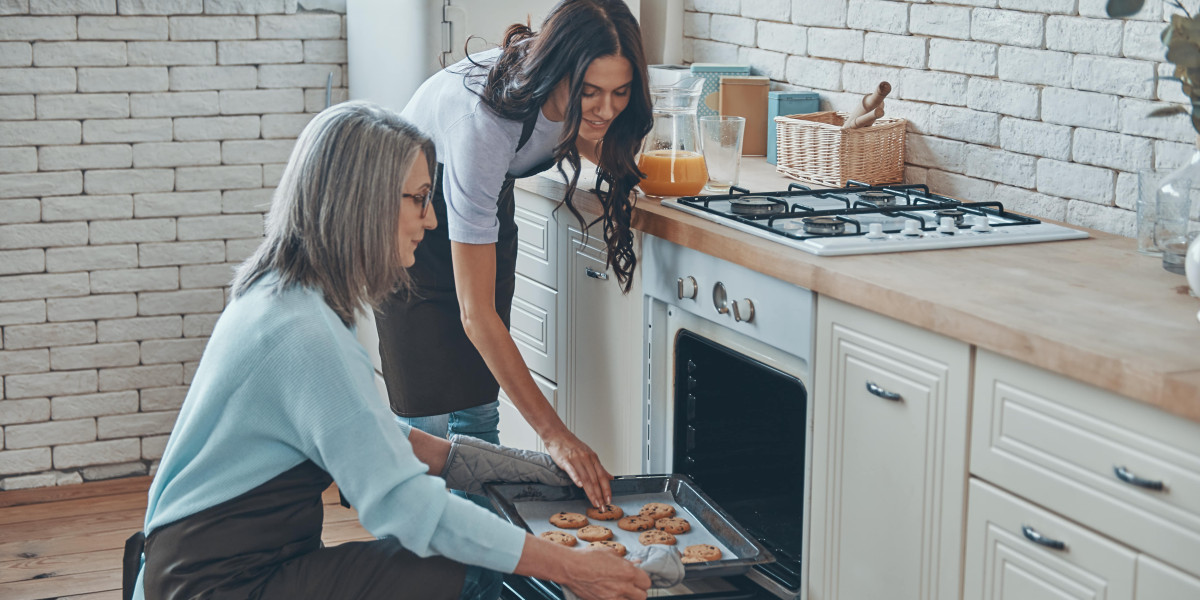The Comprehensive Guide to Built-In Cookers and Hobs
Built-in cookers and hobs have actually ended up being increasingly popular in modern-day kitchens, providing both functionality and aesthetic appeal. These integrated hob and oven appliances, developed to fit perfectly into kitchen cabinetry, optimize space while improving the cooking experience. This short article will check out the various kinds of built-in integrated cookers and hobs, their benefits, upkeep ideas, and regularly asked questions.

Understanding Built-In Cookers and Hobs
Built-in cookers usually consist of ovens, while hobs describe the cooking surface area that can incorporate different heating aspects such as gas burners, electric coils, or induction zones. When combined, these two appliances develop an efficient and streamlined cooking setup.
Kinds Of Built-In Cookers and Hobs
When choosing a built-in cooker and hob, it's important to comprehend the various types readily available. Here's a comprehensive table comparing the primary types:
| Type | Description | Pros | Cons |
|---|---|---|---|
| Gas Hob | Uses gas as a fuel source. | Quick heat modification, cooking control. | Requires gas line setup. |
| Electric Hob | Uses electric coils or strong plate heating. | Typically less costly, simple to clean. | Slower to heat and cool down. |
| Induction Hob | Utilizes electromagnetic energy for cooking. | Quick heating, energy-efficient, safe. | Pricey, requires suitable pots and pans. |
| Built-In Oven | Can be electric, gas, or mix. | Versatile cooking alternatives, numerous sizes. | Fixed location, possible installation intricacy. |
Advantages of Built-In Cookers and Hobs
Space-Saving Design: Built-in systems conserve area by incorporating effortlessly into the kitchen design, leaving more space for storage and countertops.
Aesthetic Appeal: They offer a smooth and modern appearance, raising the design of any kitchen.
Customization: With numerous styles and setups, property owners can choose appliances that best match their cooking practices and kitchen measurements.
Improved Functionality: Built-in cookers often include innovative features such as self-cleaning alternatives, multiple cooking modes, and programmable timers.
Security Features: Modern hobs include features like automatic shut-off and kid locks, boosting security in the kitchen.
Upkeep Tips for Built-In Cookers and Hobs
To guarantee the longevity and optimum performance of built-in cookers and hobs, proper upkeep is vital. Below are essential upkeep pointers:
Regular Cleaning: Wipe spills and discolorations instantly to avoid them from solidifying or ending up being harder to clean up.
Usage Appropriate Cleaning Supplies: Avoid abrasive materials that can scratch surfaces. Use cleaner particularly developed for the kind of home appliance you have.
Examine Gas and Electrical Connections: Regular examinations can avoid leaks and guarantee optimal performance.
Adjust Temperature Settings: If you see disparities in cooking temperature levels, think about recalibrating the oven.
Schedule Professional Servicing: Annual check-ups can assist recognize and remedy small issues before they escalate.
Picking the Right Built-In Cooker and Hob
When selecting a built-in cooker and hob, several factors must be considered:
1. Cooking Preferences:
- If you take pleasure in fast temperature level adjustments, a gas hob might be perfect.
- For energy effectiveness and uniform cooking, induction hobs are preferred.
2. Kitchen Size:
- Consider the space offered for setup. Procedure cabinets and other appliances to guarantee the selected system fits comfortably.
3. Style and Design:
- Opt for designs that complement your kitchen's design. Built-in systems can be found in various surfaces, such as stainless-steel, Cookology 60cm Black Built-in Electric Oven, or custom-made kitchen cabinetry.
4. Spending plan:
- Establish a budget that factors in purchase costs, setup charges, and long-term operating costs.
5. Brand Reputation:
- Research trustworthy brands understood for reliability and customer care. Reading reviews and looking for recommendations can likewise be practical.
Frequently Asked Questions (FAQs)
Q1: Are built-in cookers and hobs more pricey than traditional systems?A1: Generally, built-in cookers and hobs can be more costly upfront due to setup and style. Nevertheless, they may offer long-lasting savings through energy effectiveness.
Q2: Can I set up a built-in cooker or hob myself?A2: While some might be set up by property owners, it is frequently advised to hire a professional, particularly for gas or complex electrical connections, to ensure security and compliance with regional codes.
Q3: What is the typical life-span of built-in cookers and hobs?A3: With appropriate care, built-in cookers and hobs can last anywhere from 10 to 15 years. Routine maintenance can extend their life.
Q4: Is it possible to integrate various kinds of hobs with the exact same oven?A4: Yes, numerous kitchen areas feature a mix of hobs (e.g., gas and induction) along with a built-in AEG SurroundCook Double Oven - 61L Capacity, enabling for flexible cooking choices.
Q5: How do I understand if my hob is energy-efficient?A5: Look for energy efficiency scores and think about induction hobs, which generally provide remarkable energy efficiency compared to gas or standard electric hobs.
Built-in cookers and hobs use a blend of modern-day design and advanced cooking innovation, enhancing any kitchen's functionality and style. By understanding the different types offered, their benefits, and maintenance needs, house owners can make informed choices when investing in these essential kitchen appliances. With appropriate choice and care, built-in cookers and hobs can offer years of pleasurable cooking and a smooth kitchen experience.


